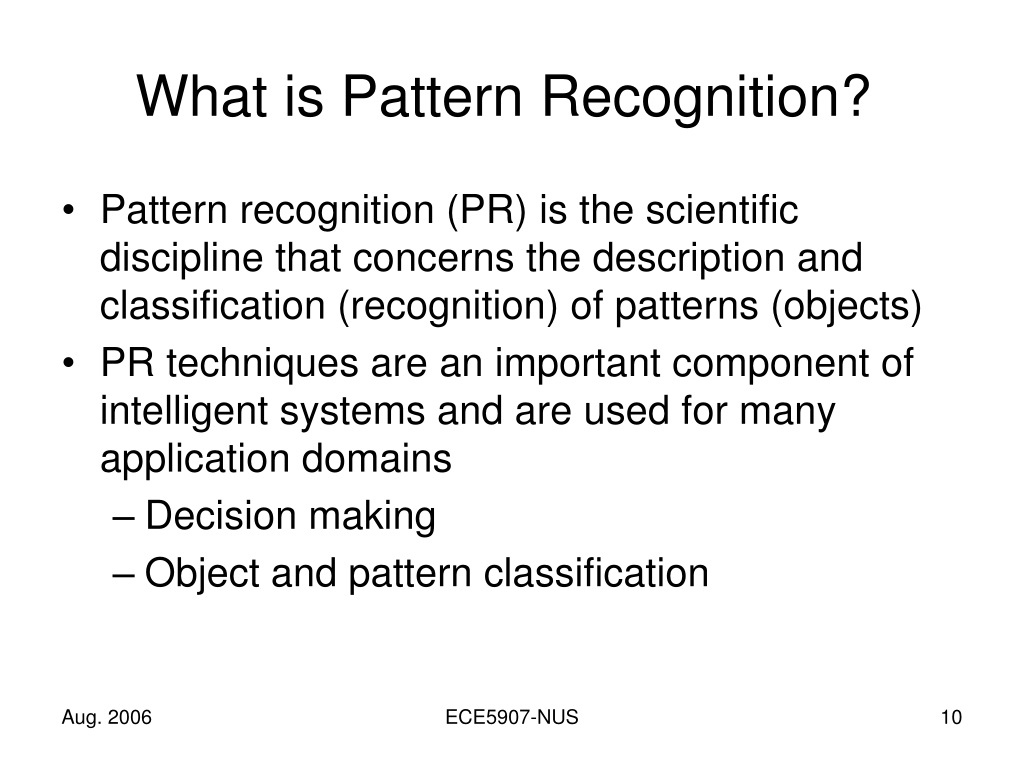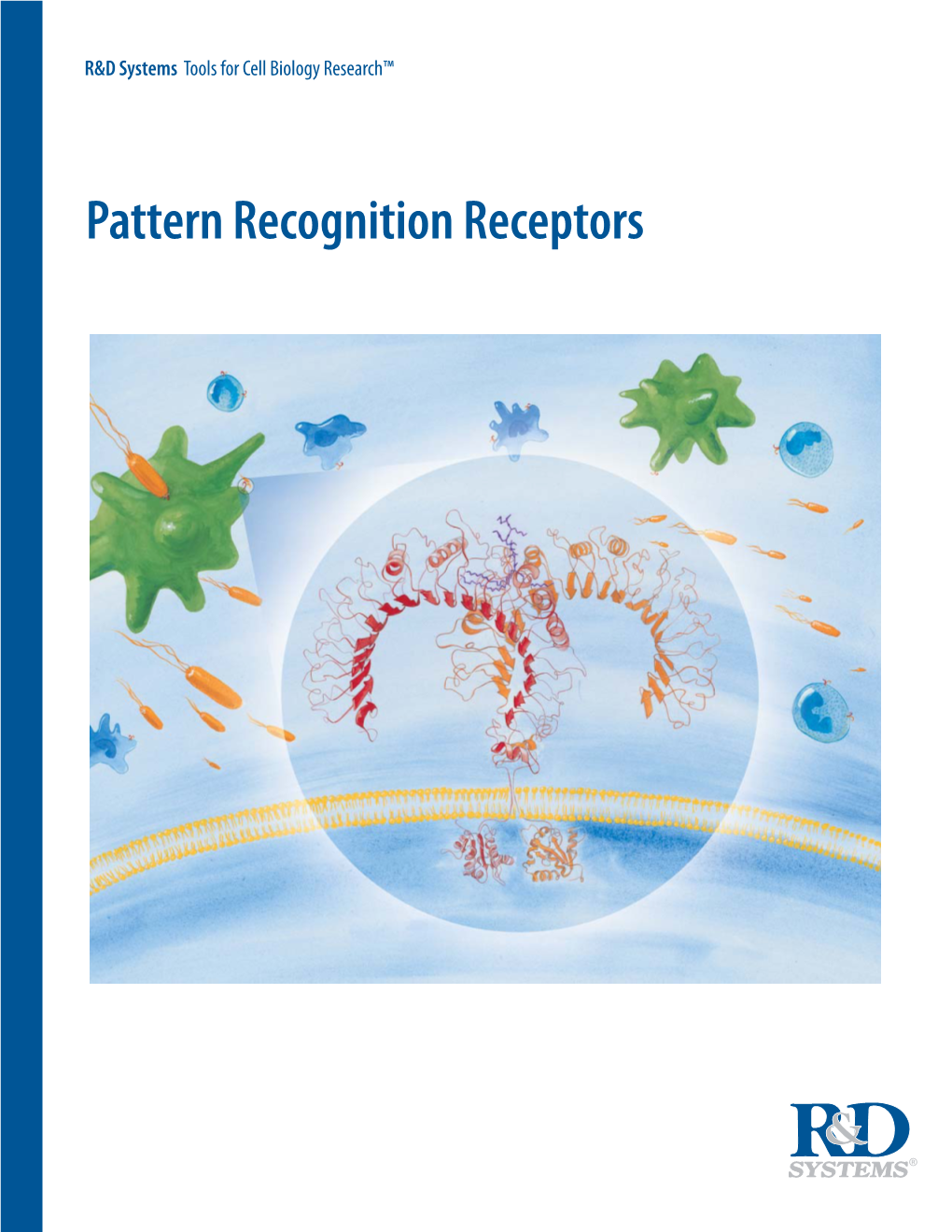Essentials Of Pattern Recognition An Accessible Approach
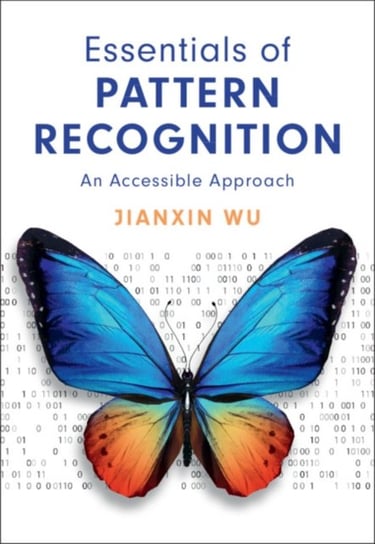
In a world increasingly driven by data, the ability to discern meaningful patterns has become not just advantageous, but essential. From medical diagnoses to fraud detection and autonomous vehicle navigation, the principles of pattern recognition underpin some of the most critical technologies shaping our future.
A growing need for accessible educational resources has fueled interest in simplifying the often complex subject. "Essentials of Pattern Recognition: An Accessible Approach," aims to bridge the gap between theoretical foundations and practical application, making this crucial field understandable to a broader audience.
Unpacking the Core Concepts
The book, authored by Dr. Amelia Stone, a renowned expert in machine learning, focuses on clarity and practicality. It steers clear of excessive mathematical jargon, favoring intuitive explanations and real-world examples. This approach aims to demystify the algorithms and techniques that form the backbone of pattern recognition.
At its core, pattern recognition deals with identifying regularities and relationships within data. This involves training algorithms to classify data points into predefined categories or to cluster similar data points together.
“The key is to understand the underlying principles without getting lost in the mathematical weeds,” explains Dr. Stone in a recent interview. "I wanted to create a resource that empowers students, researchers, and professionals from diverse backgrounds to leverage the power of pattern recognition."
Key Topics Covered
The book covers a broad range of essential topics. These include supervised learning, unsupervised learning, and feature extraction.
Supervised learning algorithms learn from labeled data, allowing them to predict the category or value of new, unseen data. Unsupervised learning algorithms, on the other hand, work with unlabeled data to discover hidden structures and patterns.
Feature extraction involves identifying the most relevant characteristics of the data to improve the performance of pattern recognition algorithms. This can involve dimensionality reduction techniques like Principal Component Analysis (PCA).
The Accessibility Advantage
Traditional textbooks on pattern recognition often assume a strong background in mathematics and computer science. This can be a barrier to entry for individuals from other fields, such as biology, finance, or even the social sciences, who could benefit from applying pattern recognition techniques to their research.
“Many existing resources are heavily theoretical,” says Professor David Lee, a computer science professor at Stanford University. “Dr. Stone’s book fills a crucial need by providing a more intuitive and practical introduction to the field.”
The book also incorporates interactive exercises and code examples in Python, a widely used programming language in data science. This hands-on approach allows readers to immediately apply what they've learned and experiment with different techniques.
Real-World Applications
The principles outlined in "Essentials of Pattern Recognition" have wide-ranging applications across various industries. In medicine, pattern recognition is used to diagnose diseases from medical images and patient data.
Financial institutions leverage it to detect fraudulent transactions and assess credit risk. Autonomous vehicles rely on pattern recognition to identify objects and navigate their surroundings.
According to a report by Market Research Future, the global pattern recognition market is projected to reach $14.9 billion by 2028, driven by the increasing demand for AI-powered solutions across diverse sectors. This growth highlights the critical importance of making pattern recognition skills accessible to a broader workforce.
Criticisms and Alternative Perspectives
While the book has received positive feedback for its accessibility, some critics argue that it may oversimplify certain complex concepts. Some suggest that a deeper understanding of the underlying mathematics is still necessary for advanced applications.
However, Dr. Stone defends her approach, stating that the book is intended as a starting point for those new to the field. "My goal was to provide a solid foundation that allows readers to then delve deeper into specific areas of interest," she explains.
Other alternative resources include online courses and open-source libraries, which offer more hands-on experience with different pattern recognition algorithms. These resources can complement the knowledge gained from the book and provide a more comprehensive learning experience.
Looking Ahead
The field of pattern recognition is constantly evolving, with new algorithms and techniques being developed at a rapid pace. Researchers are exploring the use of deep learning, a subset of machine learning, to improve the accuracy and efficiency of pattern recognition systems.
The growing availability of large datasets and increased computing power is also driving innovation in the field. As pattern recognition becomes increasingly integrated into our lives, the need for accessible educational resources will only continue to grow.
“'Essentials of Pattern Recognition' represents a significant step towards democratizing access to this crucial technology,” concludes Professor Lee. "By making pattern recognition more understandable and accessible, we can empower a wider range of individuals to solve complex problems and create innovative solutions."
![Essentials Of Pattern Recognition An Accessible Approach Pattern Recognition in Machine Learning [Basics & Examples]](https://assets-global.website-files.com/5d7b77b063a9066d83e1209c/6352958e03e7fe7114134998_Types of pattern recognition models.png)
_(1).jpg)

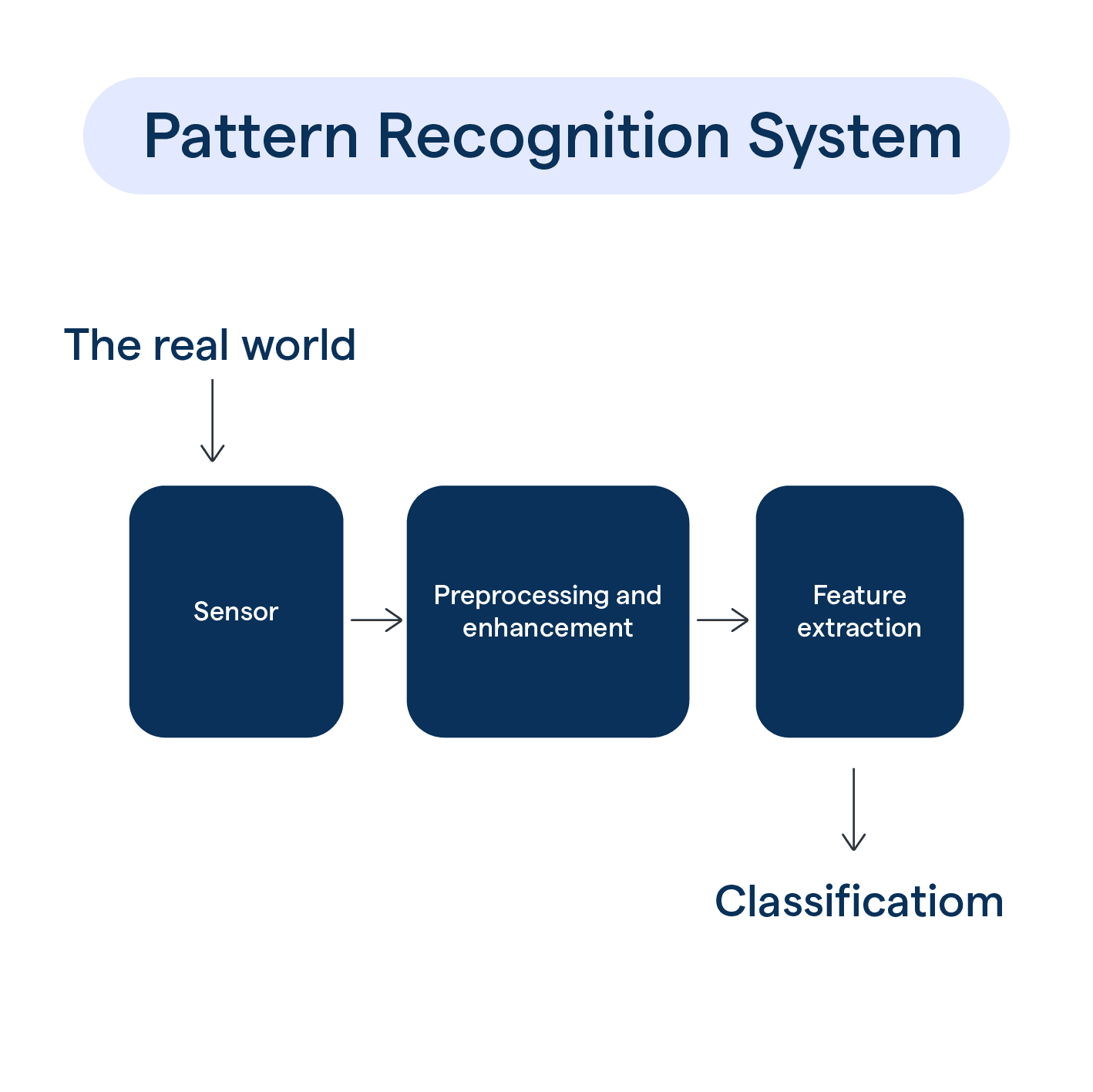
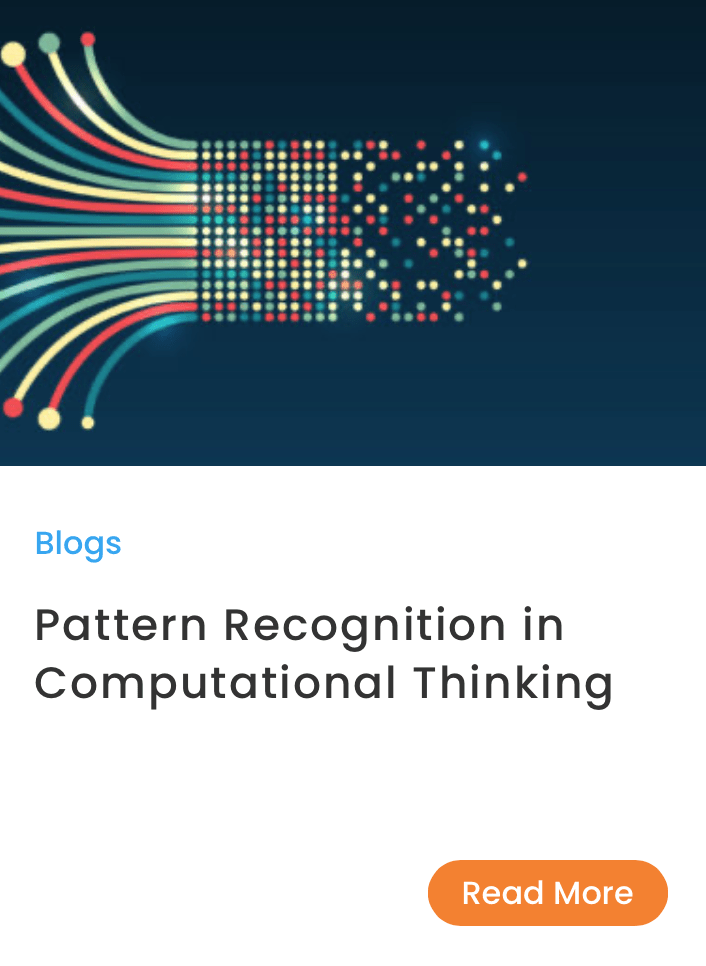

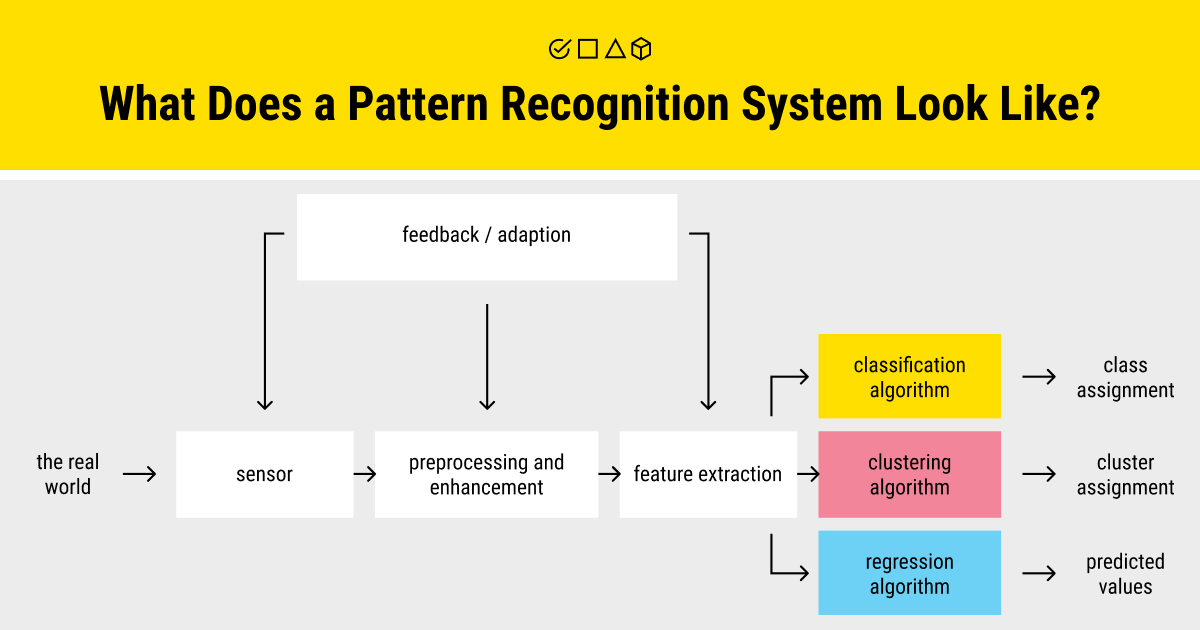
![Essentials Of Pattern Recognition An Accessible Approach Pattern Recognition and Image Analysis Python Projects [Research Topics]](https://academiccollegeprojects.com/wp-content/uploads/2021/11/Top-6-Interesting-Pattern-Recogntion-and-Image-analysis-Python-Projects.jpg)

.jpg)
